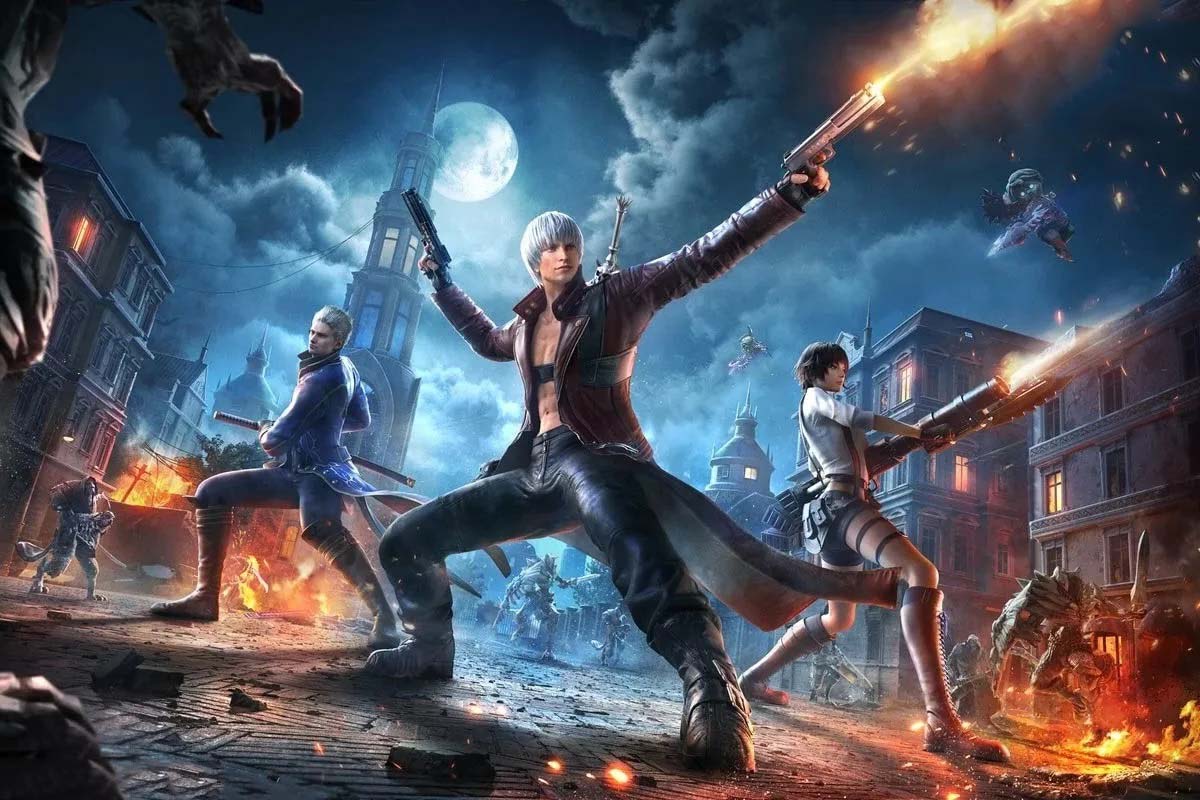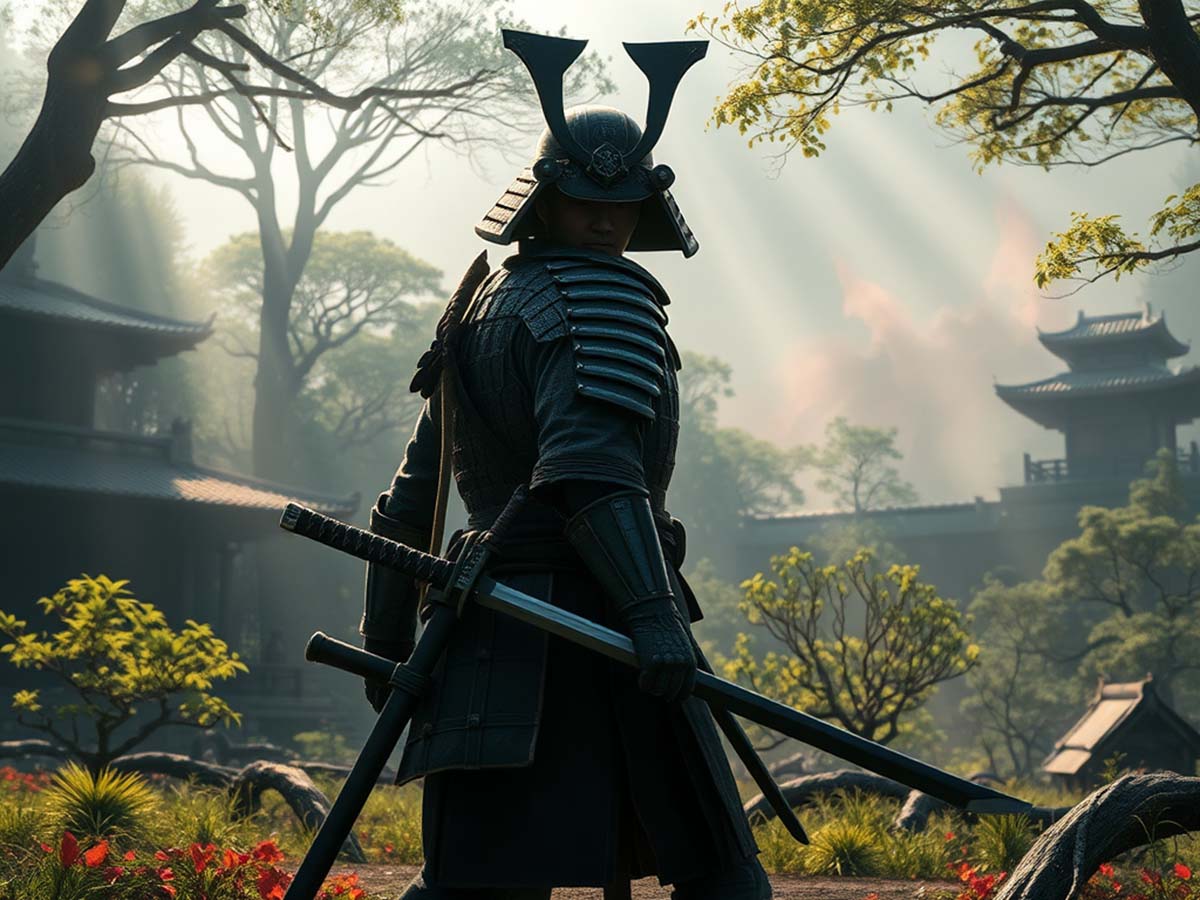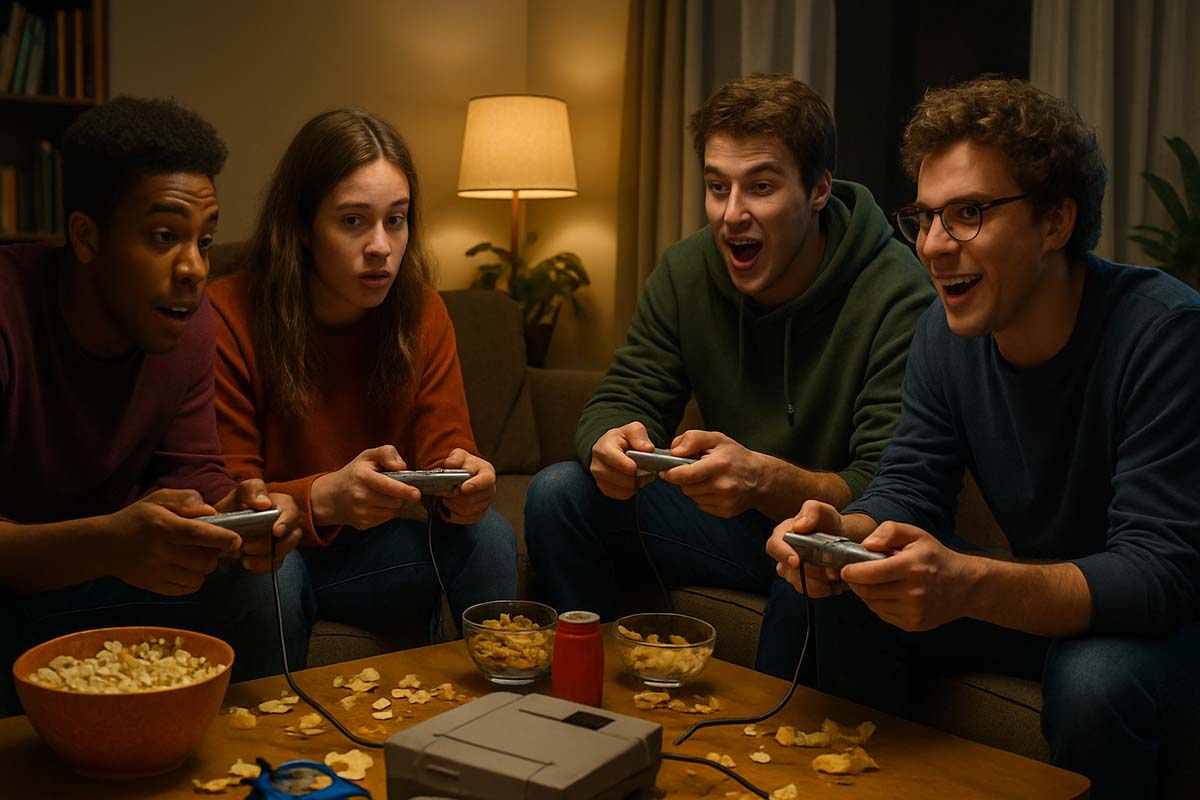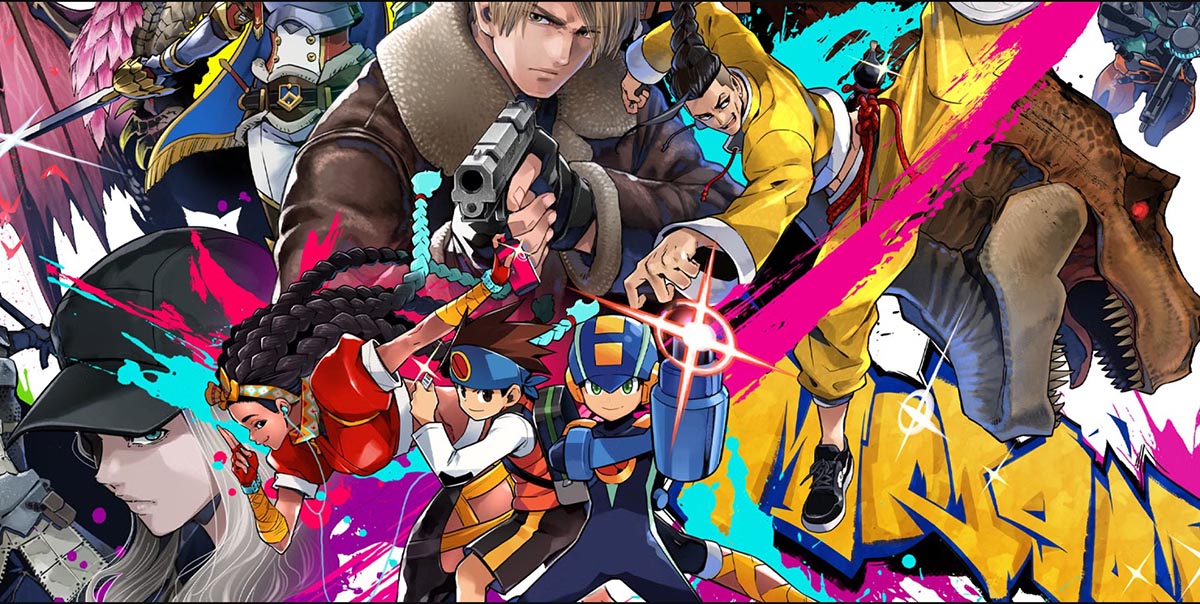The Origins of Devil May Cry
Devil May Cry began as an experimental project during the early 2000s. Originally conceived as a part of Capcom’s Resident Evil series, the team soon realized the concept demanded its own stage. Shinji Mikami and Hideki Kamiya led the charge, pushing boundaries with a fast-paced approach to combat that diverged from the slower, more suspenseful Resident Evil mechanics.
Dante, the franchise’s protagonist, emerged as a bold, stylish character inspired by Western mythology and classic literature. His rebellious attitude and iconic red coat quickly set him apart, creating an unforgettable visual identity. The project’s roots in gothic horror remain evident in its atmospheric locations and enemy designs, which blend demonic themes with a modern aesthetic.
The original title debuted on the PlayStation 2 in 2001, introducing players to an intense combat system defined by fluid combos and precise timing. This formula’s success laid the groundwork for a genre-defining series that continues captivating audiences worldwide. Over the years, the series expanded with sequels that each built on this foundation, evolving gameplay mechanics and exploring new narrative arcs that delved deeper into the world’s rich lore. Spinoff stories, such as the novelization and manga adaptations, further enriched the mythos, making the Devil May Cry universe a multifaceted narrative tapestry that fans could immerse themselves in on multiple levels.
Key Characters in the Franchise
The heart of Devil May Cry lies in its dynamic characters, each bringing their own depth and unique contributions to the story.
Dante
Dante, a half-demon, half-human hunter, carries the legacy of his demonic father, Sparda. Armed with his twin pistols and a devilish wit, he represents a fearless warrior capable of facing any challenge. Throughout the series, his evolution from a cocky freelancer to a more complex hero keeps fans engaged. His constant balance of humor and heroism makes him relatable, even as he faces supernatural foes. Dante’s journey is also one of resilience; despite losses and betrayals, he remains steadfast in his mission to protect humanity, even when his world teeters on the brink of chaos.
Vergil
Dante’s twin brother, Vergil, contrasts sharply with his sibling. While Dante thrives on his freewheeling nature, Vergil’s reserved and calculating demeanor reflects his unwavering pursuit of power. The rivalry between the two fuels much of the narrative tension, providing rich storytelling opportunities. His motivations, though often selfish, reveal an underlying struggle for identity and family connection. Through Vergil’s lens, players experience the gray areas of morality, adding depth to what could otherwise be a simple battle of good versus evil.
Supporting Cast
Supporting characters such as Trish, Lady, and Nero add layers to the unfolding drama. Trish, modeled after Dante’s mother, combines mystery with fiery combat skills. Lady, a human demon hunter, brings an emotional, human element, representing those affected by the chaos of the demon world. Nero, introduced in later installments, showcases a younger perspective while carrying forward the family legacy with his own brand of combat prowess. His journey of self-discovery mirrors the series’ ongoing themes of identity and redemption. These relationships intertwine to create a rich tapestry of alliances, betrayals, and reconciliations, keeping fans invested in the evolving storylines.
Gameplay Features and Innovations
Devil May Cry redefined action-adventure gameplay through its blend of high-octane combat and style-based mechanics. Precision and creativity take center stage, rewarding players for chaining together visually stunning combos.
Combat Mechanics
The games emphasize fast reflexes and player skill. Core systems such as juggling enemies in mid-air, swapping weapons on the fly, and seamlessly combining attacks create a deeply satisfying experience. Each installment introduces refinements, with additional weapons and move sets expanding possibilities. For example, the introduction of Nero’s Devil Bringer arm in Devil May Cry 4 added a new layer of strategy, allowing players to grapple enemies or traverse environments in unique ways. Dante’s ability to switch seamlessly between combat styles—Swordmaster, Gunslinger, Trickster, and Royal Guard—in Devil May Cry 3 brought unparalleled flexibility, making every battle a tailored experience.
Style Ranking System
A hallmark of the series is the style ranking system. Actions are graded in real time, encouraging players to experiment with diverse strategies and maximize elegance. Successfully maintaining high ranks requires mastery of timing, positioning, and weapon variety, ensuring replayability for those seeking perfection. Players often find themselves striving for the coveted “SSS” rank, a badge of honor that reflects their skill and creativity in combat. The satisfaction of hearing announcers shout “Smokin’ Sexy Style!” adds an addictive layer to gameplay, rewarding not just success, but artistry.
Puzzle and Exploration Elements
Though combat remains central, exploration and puzzles provide balance. Intricately designed environments challenge players to uncover hidden secrets, enhancing immersion in the richly detailed world. The series’ gothic architecture and eerie settings not only serve as backdrops but also immerse players in a world brimming with mystery and danger. Solving puzzles often rewards players with upgrades or narrative insights, making exploration a rewarding endeavor. This interplay between combat and exploration elevates the experience, ensuring every moment feels purposeful.
Evolution Across Installments
Each sequel has introduced innovations to keep the experience fresh. From Devil Trigger transformations to Nero’s Devil Bringer arm, Capcom has consistently expanded gameplay possibilities without losing the series’ essence. Devil May Cry 5, the latest mainline entry, pushed the boundaries even further with the addition of V, a mysterious character who commands familiars in combat, offering a completely different playstyle. The game also boasted the RE Engine’s stunning graphical fidelity, setting a new benchmark for visual storytelling. With each installment, Capcom has struck a balance between nostalgia and innovation, ensuring the series’ longevity.
The Legacy of Devil May Cry
The impact of Devil May Cry extends far beyond its gameplay. It has left an indelible mark on the action genre and gaming culture as a whole.
Influence on Other Games
The series pioneered many of the mechanics now standard in action games. Its emphasis on style and fluidity inspired franchises such as Bayonetta and Metal Gear Rising. Developers continue to draw from its well of ideas, ensuring its legacy endures. These influences are visible in combat systems that prioritize player expression and creativity, hallmarks of the genre that Devil May Cry helped define. By setting benchmarks in action gameplay, the franchise has become a cornerstone that newer games aspire to emulate.
Cultural Significance
Dante’s charisma, iconic look, and sharp dialogue have cemented him as one of gaming’s most recognizable figures. The franchise’s blend of gothic themes and modern aesthetics resonates with a global audience, bridging cultural divides and uniting fans around its bold vision. The character’s witty one-liners and unshakable confidence have earned him a place in popular culture, making appearances in crossovers and fan creations. Beyond its gameplay, Devil May Cry has become a symbol of unapologetic creativity, embodying the spirit of pushing artistic and mechanical boundaries.
Continued Popularity
With each new release, the series attracts both longtime enthusiasts and newcomers. Its enduring appeal is evident in remastered editions and spin-offs, keeping the brand relevant in an ever-changing industry. Fans celebrate its contributions through fan art, cosplay, and online communities, ensuring that the series remains a vibrant part of gaming culture. The success of Devil May Cry 5 demonstrated that the series continues to resonate with audiences, earning critical acclaim and commercial success. Its presence in esports tournaments and speedrunning communities further highlights its ongoing relevance.
Multimedia Expansion
Beyond the games, Devil May Cry has expanded into other media, including an animated series and a planned Netflix adaptation. These projects explore the characters and stories in new ways, introducing the world to wider audiences. By branching into multimedia, the franchise solidifies its place as a cultural phenomenon, showcasing its ability to adapt and grow. From collectibles to soundtracks, Devil May Cry’s brand presence extends far beyond the screen, making it a lifestyle emblem for dedicated fans.
Why Devil May Cry Endures
What sets Devil May Cry apart is its commitment to blending style with substance. Few series manage to balance compelling storytelling, dynamic characters, and innovative gameplay as seamlessly. The dedication to refining and expanding the experience ensures its relevance, even decades after its debut. By combining technical mastery with artistic ambition, it delivers an unparalleled experience that stands as a benchmark in gaming history.
Fans appreciate the care put into each installment, from intricate level design to polished combat mechanics. The developers’ willingness to take risks, such as introducing new protagonists or experimenting with gameplay styles, keeps the franchise exciting. By respecting its roots while embracing change, Devil May Cry remains a shining example of what action games can achieve.
What sets Devil May Cry apart is its commitment to blending style with substance. Few series manage to balance compelling storytelling, dynamic characters, and innovative gameplay as seamlessly. The dedication to refining and expanding the experience ensures its relevance, even decades after its debut.
Fans appreciate the care put into each installment, from intricate level design to polished combat mechanics. The developers’ willingness to take risks, such as introducing new protagonists or experimenting with gameplay styles, keeps the franchise exciting. By respecting its roots while embracing change, Devil May Cry remains a shining example of what action games can achieve.



